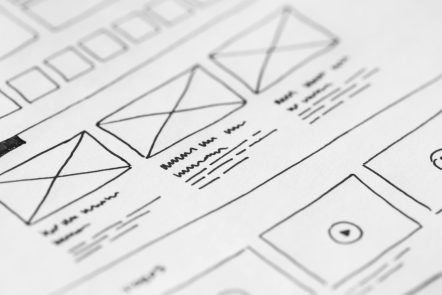Design for an international leadership development company whose services span all industries. HR professionals within the client organizations customize, create, and deliver learning journeys and assessments with the company’s provided content for their internal users as well as prospective candidates through the administrative system.

The current Admin system quickly pieced together existing tools and bridged them with new features to create one rather complex Admin system to meet the new needs of the company’s clients during the pandemic. While the system fulfilled client needs and was well-received, it was complex and required extensive training to navigate. I liken the current architecture to a bowl of spaghetti to be untangled. There were dead ends in the system and convoluted ways of accessing modules or completing tasks. The goal of this audit and redesign was to simplify the process and create a cohesive, intuitive experience for administrators.
Led team of three internal designers, two design contractors, and a technical writer through end to end design.
Three primary user personas:
We had six months to complete research and deliver production-ready prototypes.
Led team of three internal designers, two design contractors, and a technical writer through end to end design.
Three primary user personas:
We had six months to complete research and deliver production-ready prototypes.

The project began as only simplifying user management and integrating that with the new identity server. Early in the discovery phase, it was determined that user management touched every module in the system in some way, which opened the opportunity for the much needed full system redesign.
My team created many iterations of the design based on user feedback to create a production ready template for the new shell and full prototypes for the user management module. We are continuing to develop the additional modules, ensuring that all paths are complete and connected.
The first phase of the redesign is currently in development, including the shell and the user management module, with additional modules scheduled to start in September. The most current design has tested well with both our internal an client users as well as users unfamiliar with our platform via usertesting.com. The initial release will be limited with a handful of our trusted clients testing the MVP, allowing us to make improvements before launching the full client release.
The biggest hurdle we had to overcome in the process was helping our external contractors, who had no previous exposure to our system, understand the intricacies and nuances of our system. The current system has some naming conventions that are not intuitive and dependencies that limit our ability to decouple some of the modules. If I had it to do over again, I would have had the contractors go through the full client training of the system to better understand those nuances from the client perspective, rather than introducing the system from a more technical perspective. This would have allowed them to better empathize with our users from an earlier stage in our research.